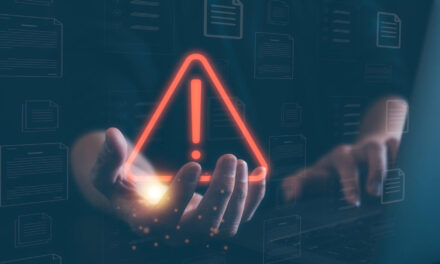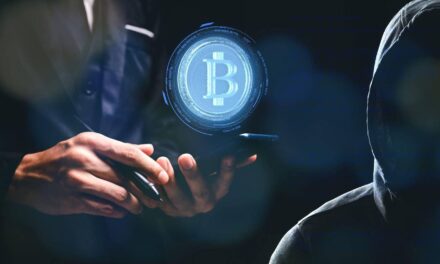With the island nation’s push towards HBL-readiness in case of future emergencies, cybersecurity also requires introspection, says a cybersecurity firm.
In a nod towards national digitalization efforts, Singapore has announced that, by next year, all secondary school students in Singapore will receive a personal laptop or tablet for learning.
This year, the pandemic had made it necessary for schools in Singapore to implement home-based learning (HBL) urgently, leading to numerous teething problems in equipment logistics and security issues.
For instance, HBL may have allowed cybercriminals to devise specific techniques to attack school networks. As such, educational institutions need to step up their cybersecurity game to ensure that students and academics, as well as their data, are safe and secure, according to cybersecurity firm Sophos’ Sumit Bansal, Senior Director of ASEAN and Korea.
Bansal said that with this laudable initiative to equip students at secondary schools for HBL, more IT resources also need to be allocated to the education industry, in particular, to address:
- Lack of skilled IT staff
This is not specific to schools, but the shortage of skilled IT workers is likely to leave the networks of educational institutions susceptible to cyberthreats. During the Circuit Breaker period in Singapore, schools were closed and as teachers focused on preparing for remote-learning materials, probably not a lot of attention was placed on the schools’ IT security needs. There is a high chance that there are not sufficient resources allocated to looking after the schools’ network security, device management, and endpoint security policies—leaving the door wide open for cybercriminals to exploit weaknesses in the cybersecurity infrastructure to infect the network.
- Phishing threats
Since the start of 2020, Sophos has witnessed upticks in coronavirus phishing scams. With more students getting the right computer equipment, this means that there is a high potential that these phishing emails will make their way to the inboxes of more students and education staff as well. It is critical for teachers and students to learn how to identify such emails, to prevent them from falling for these scams. - Advanced malware attacks
Lastly, as with the rising trend in malware attacks, both students and teachers are susceptible to account takeovers, or unintentionally or carelessly sharing their information with cybercriminals. This gives cybercriminals the chance to access a school’s networks and launch a ransomware attack to take control of sensitive data.
Bansal opined that, to ensure protect the education industry, “it is important to educate and provide guidelines on how they can identify and spot suspicious behavior online,” and have all-round cybersecurity solutions in place “to maximize the safety of children, teachers, and schools.”

















